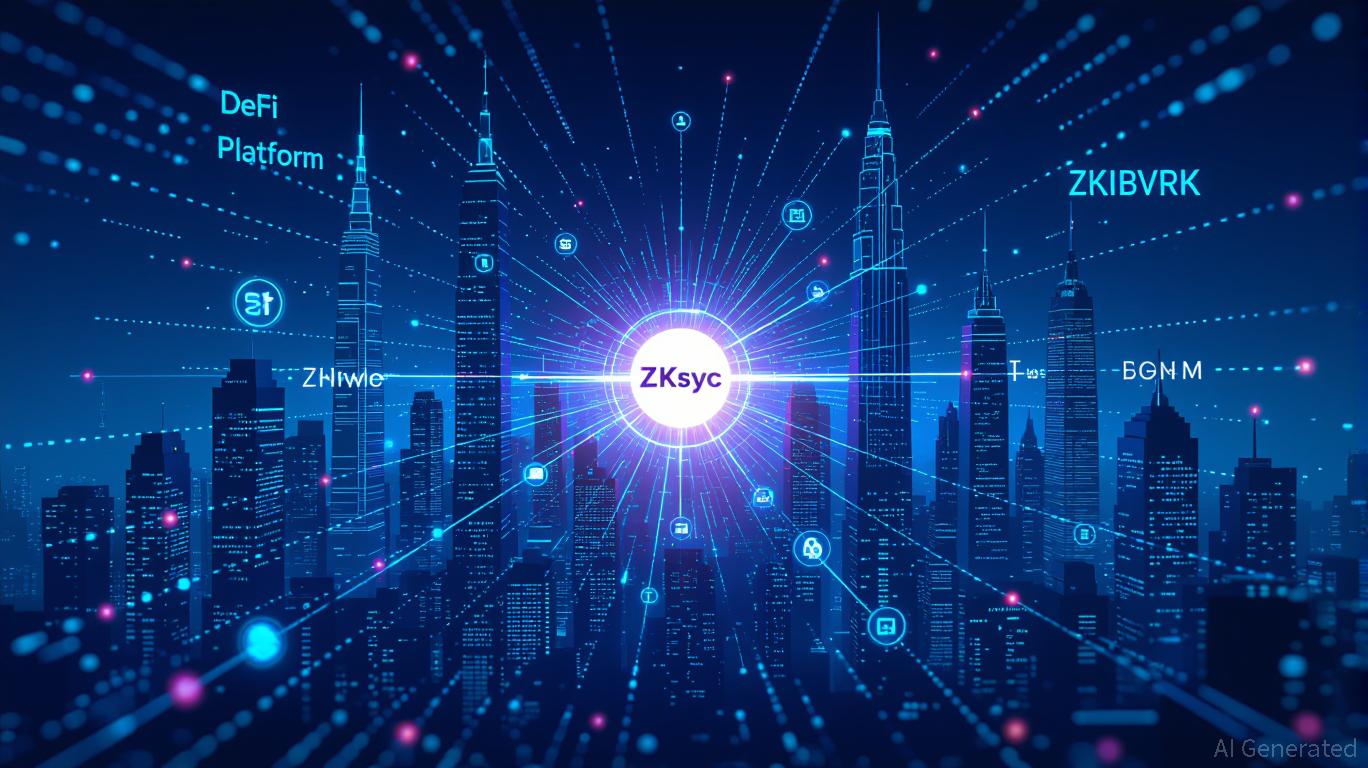Bitcoin Enters MVRV Bottom Zone — Analysts Say a Massive Rally Could Be Near
According to new data, CryptoQuant analyst @CryptoRover said that Bitcoin’s MVRV Ratio has entered its historic bottoming zone. The ratio, which is currently around 1.8-2.0, has always been a hallmark of Bitcoin’s undervalued periods in past cycles. When this range has dipped in the past, it has done so with violent upward surges in the bull market. The chart posted in his post shows the metric between March 2024 and November 2025, with this area being a major accumulation zone.
History Proves Bottoming Zone Causes Rallies
The Market Value to Realized Value (MVRV) Ratio is the market cap value divided by the realized cap value of Bitcoin, which indicates the profitability of investors. Historically, an MVRV below 2.0 is a sign of undervaluation and values above 3.7 precede market tops. CryptoQuant data and analyst work by David Puell have shown that the 1.8-2.0 zone has continued to coincide with previous market bottoms; 2015, 2019, and 2020 all fell in this range, which was preceded by multi-fold increases.
Current Levels are in line with 2019 and 2020 trends
As of November 2025, Bitcoin is trading between $60,000 and $70,000, down almost 45% from its 2024 peak of close to $130,000. This dip brings Bitcoin to the same undervaluation zone as before the 2019 rally to $14K and the 2020 move to $69K. Analysts believe this dip is a possible accumulation bottom. This timeline is in line with the 2024 halving cycle, which underscores the likelihood of a late-cycle rally in the coming months.
Community and Analysts Anticipate Breakout
Market sentiment is now cautiously bullish. CryptoQuant analysts and voices in the community have commented on this dip as being the “calm before the storm.” Past experience has indicated that MVRV lows of this nature are followed by rallies of 2x-5x. If the trend continues, bitcoin may retest $120K-$150K by mid-2026. However, experts warn that macro conditions and regulatory uncertainty may still trigger short-term volatility before a confirmed breakout.
Disclaimer: The content of this article solely reflects the author's opinion and does not represent the platform in any capacity. This article is not intended to serve as a reference for making investment decisions.
You may also like
The Rapid Rise of ZK Technology and Its Impact on the Cryptocurrency Market
- Zero-knowledge (ZK) technologies are reshaping blockchain infrastructure, enabling scalable, secure solutions for institutional adoption. - Partnerships like Mantle-Anchorage Digital and Deutsche Bank's Ethereum Layer 2 initiatives highlight ZK's role in bridging TradFi and DeFi compliance needs. - ZKsync's 43,000 TPS and StarkNet's $72M TVL growth demonstrate technological breakthroughs, with analysts projecting 60.7% CAGR to $90B by 2031. - Institutional validation from JPMorgan and venture funding for

Stablecoins Drive Fed Policy Shift: Miran Calls for Bold 50 bps Rate Reduction
- Fed Governor Miran advocates 50-basis-point rate cut, citing stablecoin growth's potential to lower borrowing costs by 0.4 percentage points. - Policy divide emerges as officials like Jefferson caution rates remain "restrictive," while Musalem supports further easing for labor market insurance. - Market prices 63% chance of 25-basis-point December cut, but Miran's impending departure heightens urgency for finalizing 2025 policy trajectory.

ZK Atlas Enhancement: Transforming DeFi with Zero-Knowledge Powered Scalability
- ZKsync's October 2025 Atlas Upgrade introduces modular Layer 2/3 infrastructure, achieving 15,000 TPS and slashing proving costs via RISC-V-based Airbender prover. - The upgrade enables zero-fee DeFi transactions and real-time asset tokenization, with ZK token surging 50% and $19M in institutional funding for integration. - By unlocking RWA tokenization and addressing trust gaps through ZKP protocols, ZK infrastructure is redefining DeFi scalability while navigating regulatory and integration challenges.

Bitcoin Updates: Overcoming the $112K Barrier—How Global Trends and Institutional Players Intersect
- Bitcoin faces critical $112K threshold amid U.S. government shutdown-induced liquidity crunch, pushing Treasury General Account above $1 trillion. - Institutional demand wanes as BlackRock's BTC ETF inflows drop 90%, while Cathie Wood cuts 2030 price forecast by $300K due to stablecoin competition. - On-chain data reveals weak buying pressure below $100K support, though technical indicators suggest potential rebound if shutdown resolves. - Ledger plans New York IPO amid $2.17B crypto hack losses, while B

